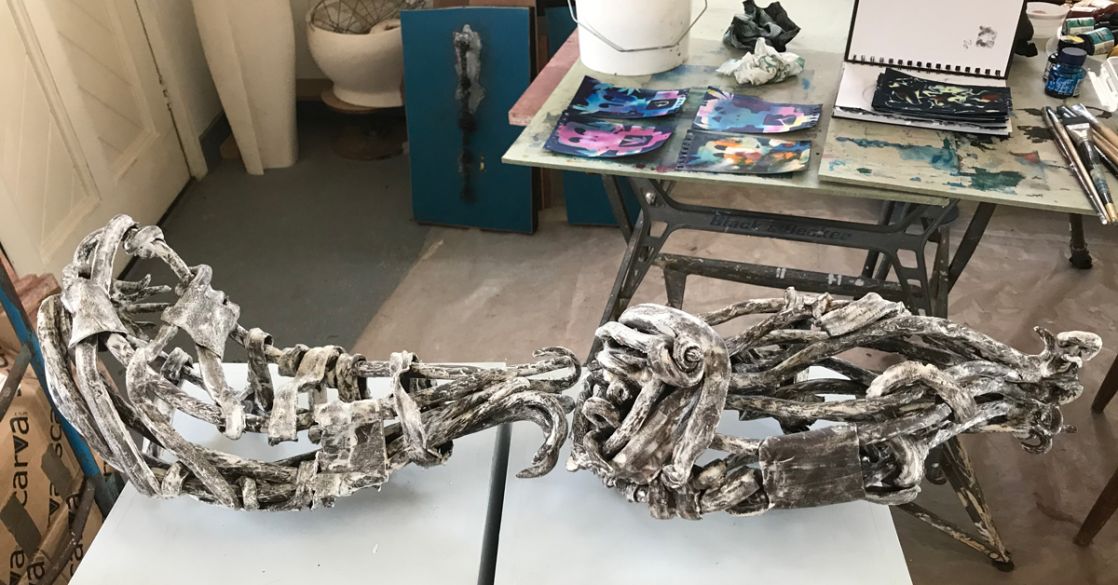Contemporary Ceramics: Why do you do what you do?
Ian Byers: It’s become as necessary and normal as breathing to work with visual, non-verbal ideas of life and emotion.
CC: How did you first get involved in working with clay?
IB: I was lucky to have access to clay work and good teachers at my secondary school in Birmingham and I enjoyed the plasticity and touch of clay.
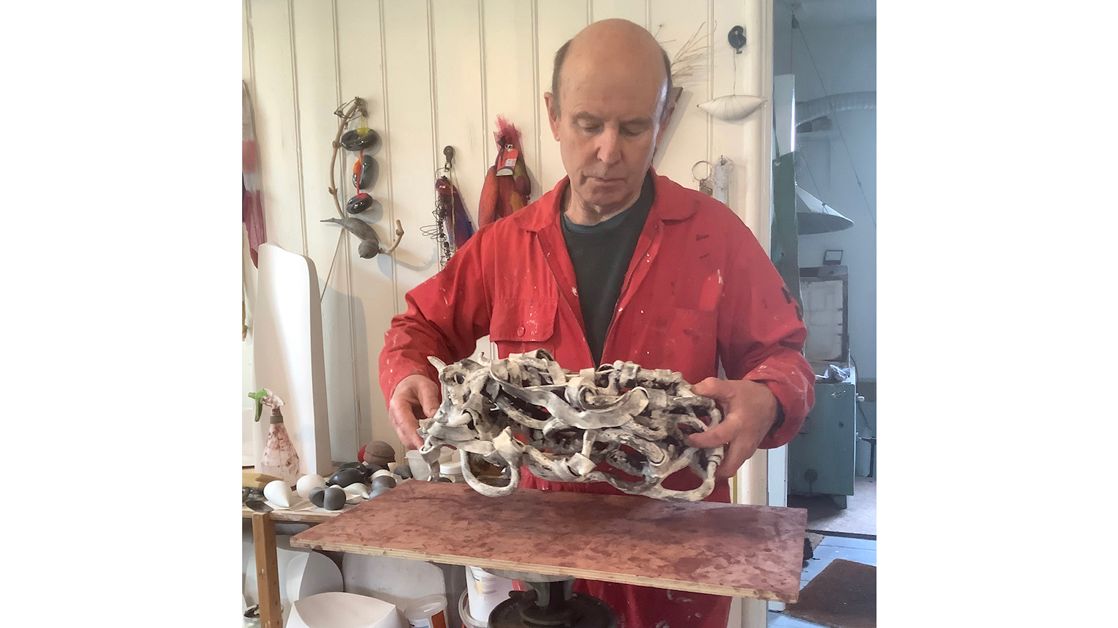
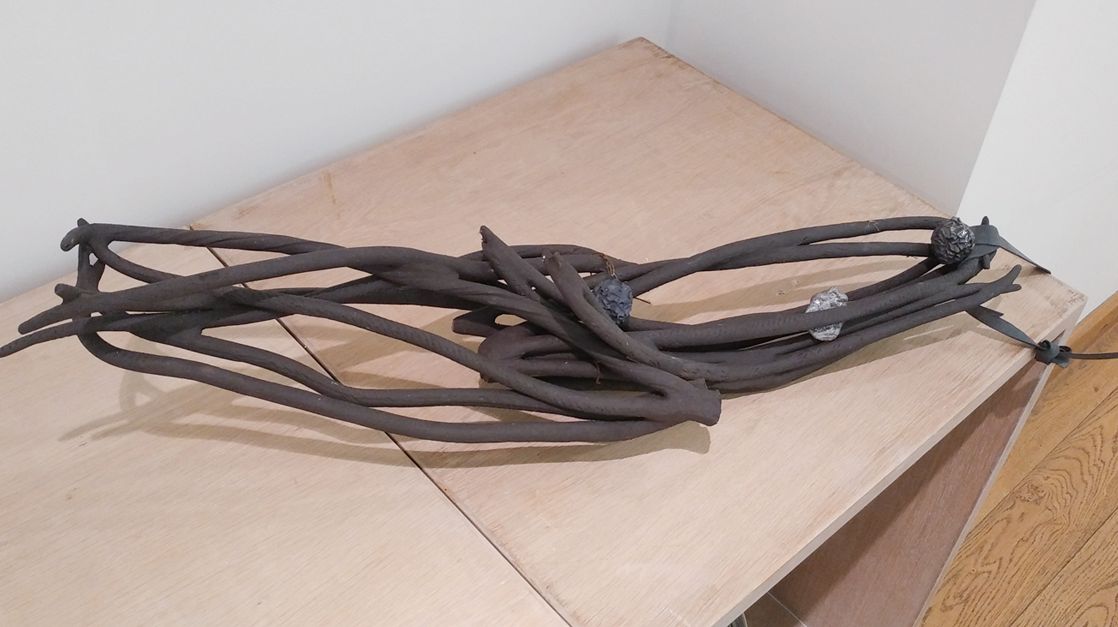
Ian Byers Lost and Found
CC: What is your relationship with colour?
IB: Colour is an ongoing conversation and has the visceral possibilities of directly reaching you like music. My sculpture sometimes does not need much colour to work.
CC: What images keep you company in the space where you work?
IB: My studio is very cluttered, and I am always struggling to make visual space there for the works in progress. I don’t work directly from life with sculpture and the struggle is to get rid of preconceptions ….things I know already.
CC: How do you work?
IB: That’s a difficult question I would say by starting and then challenging that start.
CC: What has been a seminal/inspirational moment?
IB: I had one recently when I realized clay elements could be put together physically without being joined and stand up!
CC: How has your practice changed over time?
IB: I am still working with sculpture but now sometimes using other material together with clay.
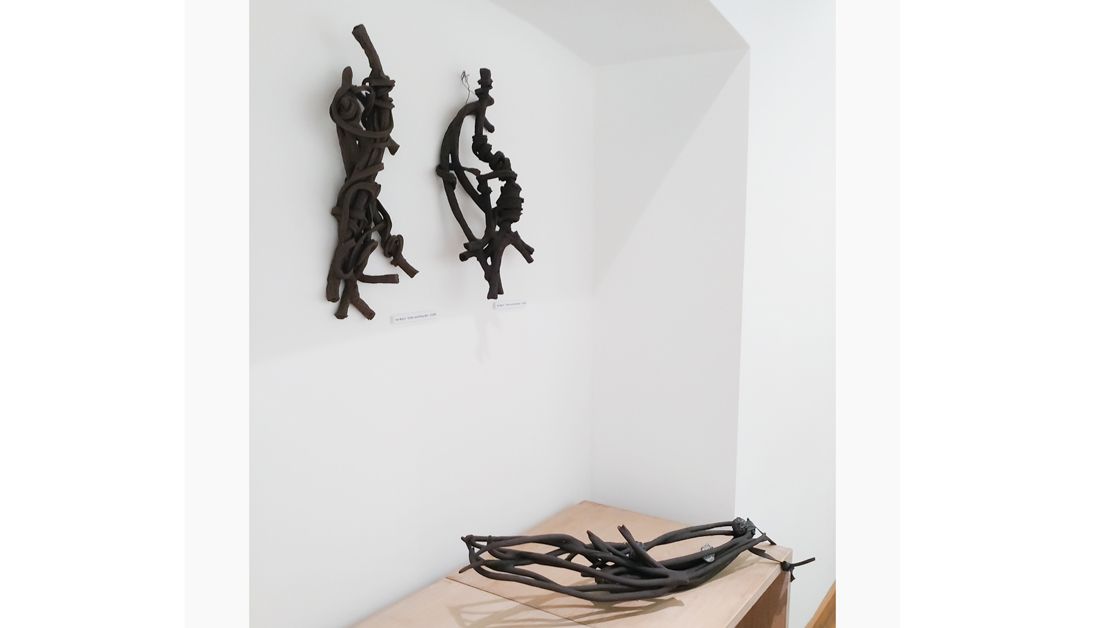
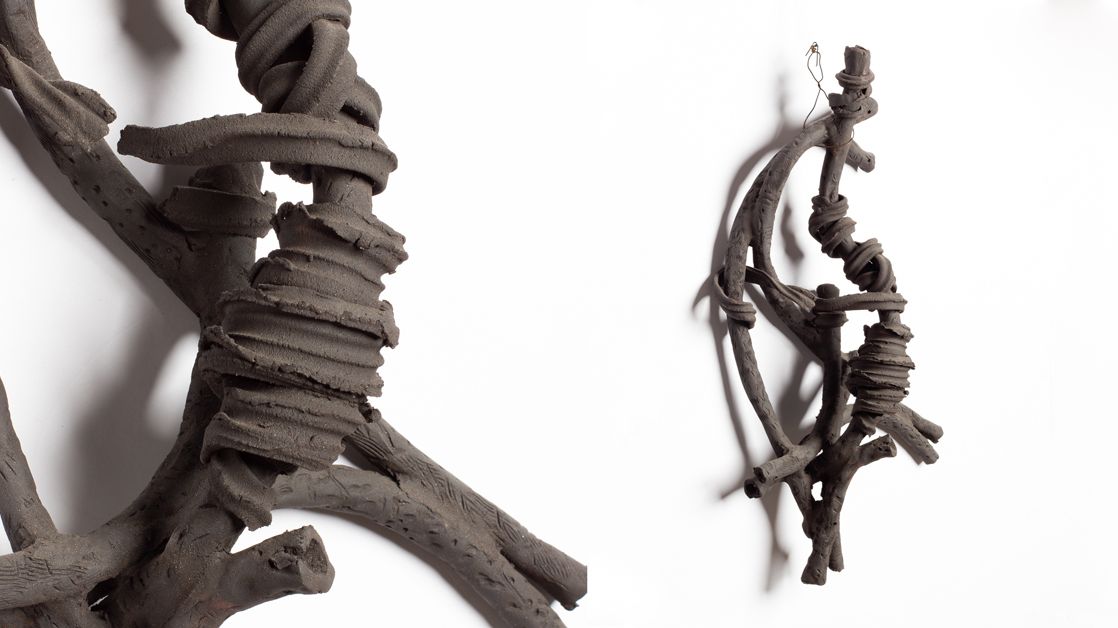
Ian Byers Order and Disorder
CC: What was the first piece of art that really mattered to you?
IB: I carved a small boat in balsa wood and realized balsa wood could be used for other things apart from model aircraft. I was about 8 years old.
CC: How does working with clay influence your life beyond the workshop?
IB: Working with clay has constantly been a challenge and bred determination, patience a knowledge of my abilities and limitations. It has also led to worldwide opportunities and friendships.
